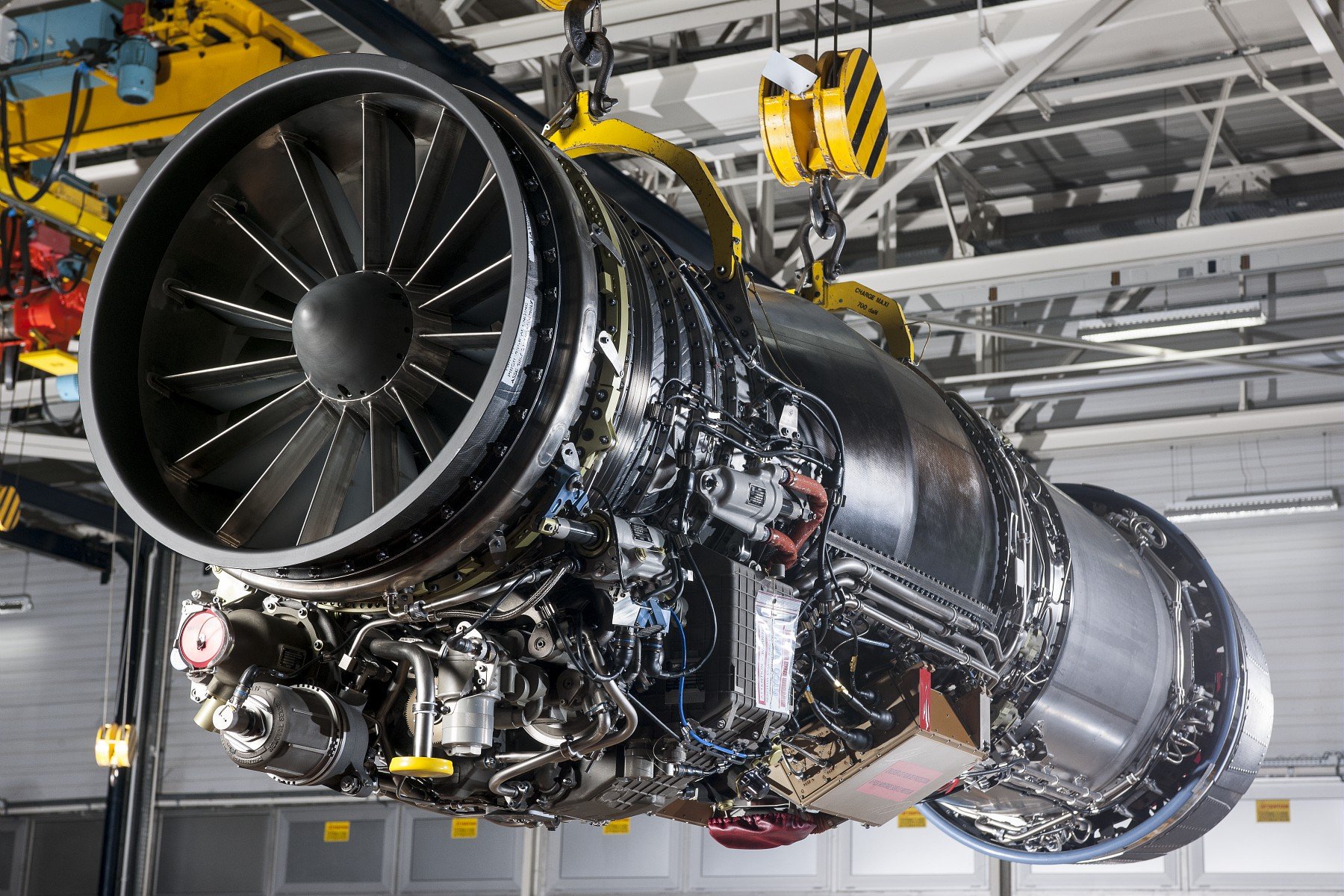SOURCE: RAUNAK KUNDE / NEWS BEAT / IDRW.ORG.


Dr Samir V Kamat, Chairman of Defence Research and Development Organisation (DRDO) at Aero India 2023 refused to give any timeline for the rollout of the AMCA Mk2 aircraft and linked it to the development of the 110kN engine and said that timeline can be disclosed only when new engine enters production in a subtle messaging hinted at the possible delays in the program due to lack of any progress in the engine development program.
Talks with French multinational company Safran and GTRE that have gone on for nearly 7 years have not resulted in any agreement and new offers from the American General Electric and British Rolls Royce are competing hard to dethrone advances made by Safran in talks with India.
Rolls Royce is offering intellectual property (IP) Rights of the new engine to India and also exempted any permission required from them for the export of the engine thus allowing India free hand to sell the engine or the fighter jets to countries who are interested in them.
Rolls Royce initially had offered an upscaled variant of the EJ-200 but now has offered to develop a new engine from scratch so that the engine has growth potential to develop upto 130kN Class of thrust to be used on fighter jets that will come after AMCA.
General Electric is offering an advanced variant of its F-414 engine for the AMCA Mk2 while the F-414 engine generating 98N class of thrust will power AMCA Mk1 along with the Tejas Mk2, HLFT-42 and TEDBF fighter jets. GE is claiming to offer 100% of the ToT for its F-414 derivate engines for the AMCA program but it is not clear if it will allow India to own intellectual property (IP) Rights of the key core engine section.
idrw.org was told that the engine swap that was planned on the AMCA Mk1 along with the Tejas Mk2 and TEDBF fighter jets from F-414 to the new 110kN class of engine as part of the MLU will be much smoother if the new engine is also from the General Electric or it might require some changes to the air intakes and lower fuselage sections to accommodate engine with different dimensions.
Safran is in a tight spot since its M88 engine core can support upscaling of up to 105kN to 110kN by increasing the bypass rate, and cold core augmentation but now GTRE wants a 110Kn Class of engine that can be upscaled to 120 or 130kN of thrust to make it future proof so that it can also be used for fighter jets or Transport aircraft as a turbofan engine variant for other projects.
Safran will need to abandon its plans to use M88 Core and come up with a new engine core that has such growth prospects but India will need to pump in nearly 15000-18000 crores only into this engine program if it wants intellectual property (IP) Rights and no export hindrance but the price is too steep for India.
NOTE : Article cannot be reproduced without written permission of idrw.org in any form even for YouTube Videos to avoid Copy right strikes